
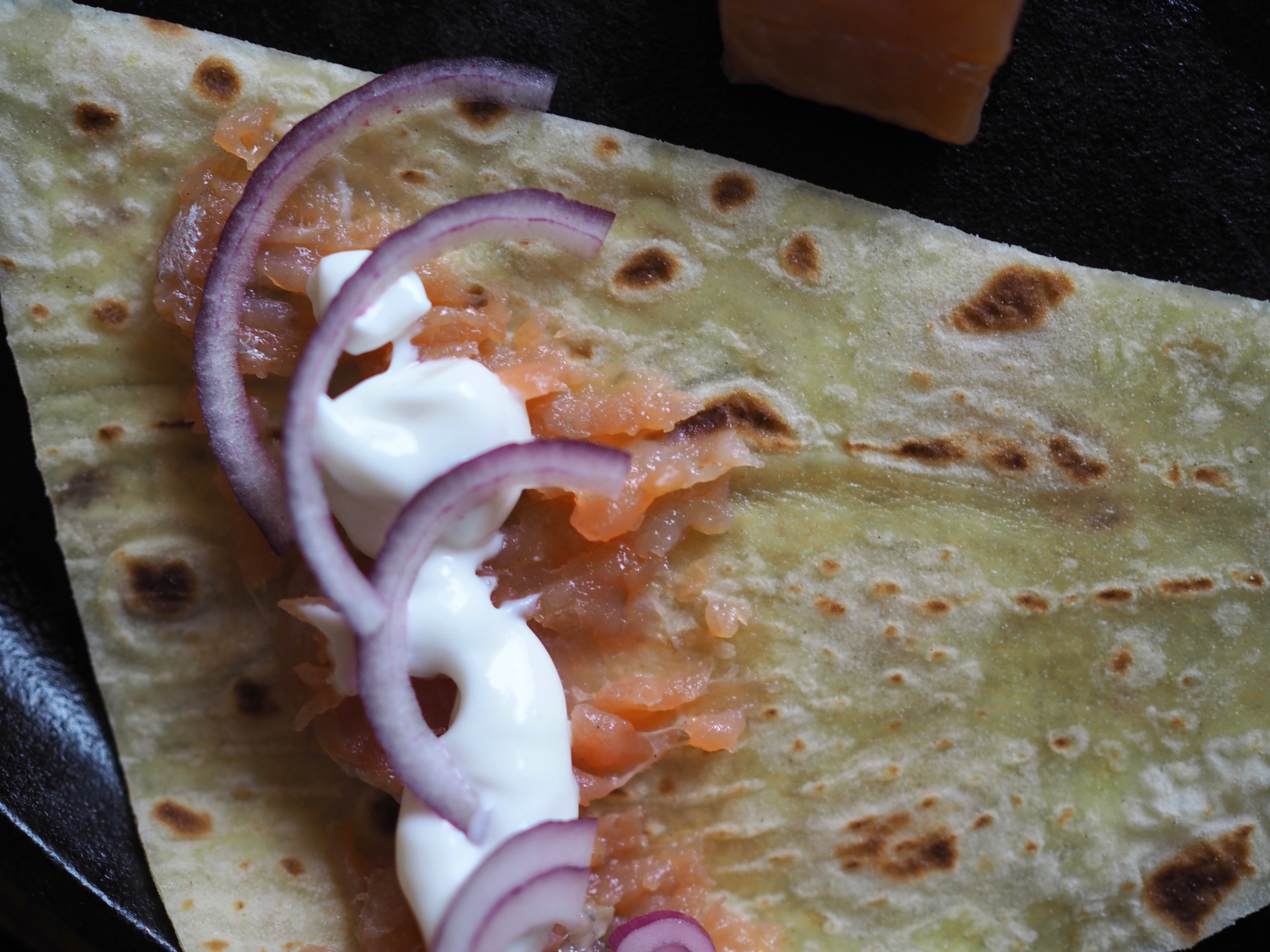
Centuries ago, a group of fishermen mounted their horses early in the autumn and began their trek deep into the mountains of Norway. Lakes abounding, the fishermen spent their days in much success. Preservation of the bounty would have included much salt, but to their dismay they had not brought enough on this journey. They used all they had with nothing left to spare. They began their long journey back down the mountain in the hope that the fish would still be preserved. Days turned into weeks and the fish began to ferment. Upon returning home, and in anticipation that the fish had not gone to waste, the fisherman discovered something quite unusual. The fish had gone through a process in which had preserved it in a different way. They had stumbled upon something so delightful that it took hold and became a traditional delicacy across the land.
This is the story I am told when asked how rakfisk came to be. A legend? Most certainly. But what we do know is that the process of fermentation has been known and popular across the world for thousands of years. Whether tales of accidental fermentation are true or not, is it certain that once the method of fermenting fish arrived in Norway, it became a significant part of the diet and an old tradition which is still upheld today. In fact, rakfisk is considered one of the most culturally important and iconic Norwegian recipes. And while many will never have the opportunity to make it themselves, this is certainly a dish you should try at least once.
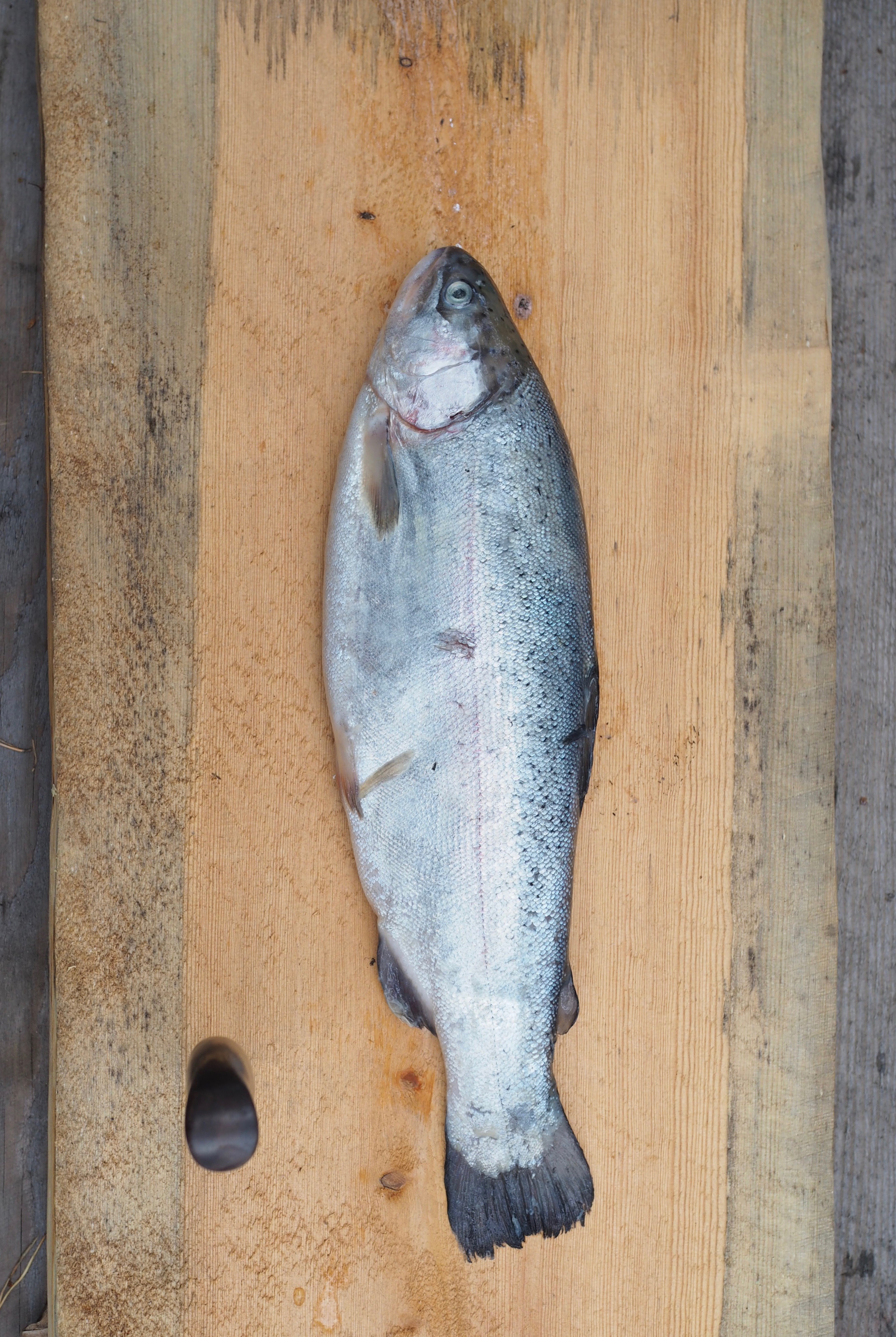 It starts with the fish, usually trout but it is possible to use other types of fresh-water fish. The fermentation process features the lactobacillus bacteria, which preserves the fish by creating lactic acid and lowering the pH level. A low pH level prevents the fish from spoiling enabling the mass of proteins, fat and nutrients to be stored a long time. While the fish are being stored, the enzymes (unaffected by the bacterial process) break down the proteins to amino acids and the fat to fatty acids. This enables the fish to taste savory. The longer the fish ferments, the more savory the taste will be. The intense smell, which receives a variety of reactions, comes from the hydrogen sulphide and acetic, propionic and butyric acids. (The Nordic Cook Book)
It starts with the fish, usually trout but it is possible to use other types of fresh-water fish. The fermentation process features the lactobacillus bacteria, which preserves the fish by creating lactic acid and lowering the pH level. A low pH level prevents the fish from spoiling enabling the mass of proteins, fat and nutrients to be stored a long time. While the fish are being stored, the enzymes (unaffected by the bacterial process) break down the proteins to amino acids and the fat to fatty acids. This enables the fish to taste savory. The longer the fish ferments, the more savory the taste will be. The intense smell, which receives a variety of reactions, comes from the hydrogen sulphide and acetic, propionic and butyric acids. (The Nordic Cook Book)
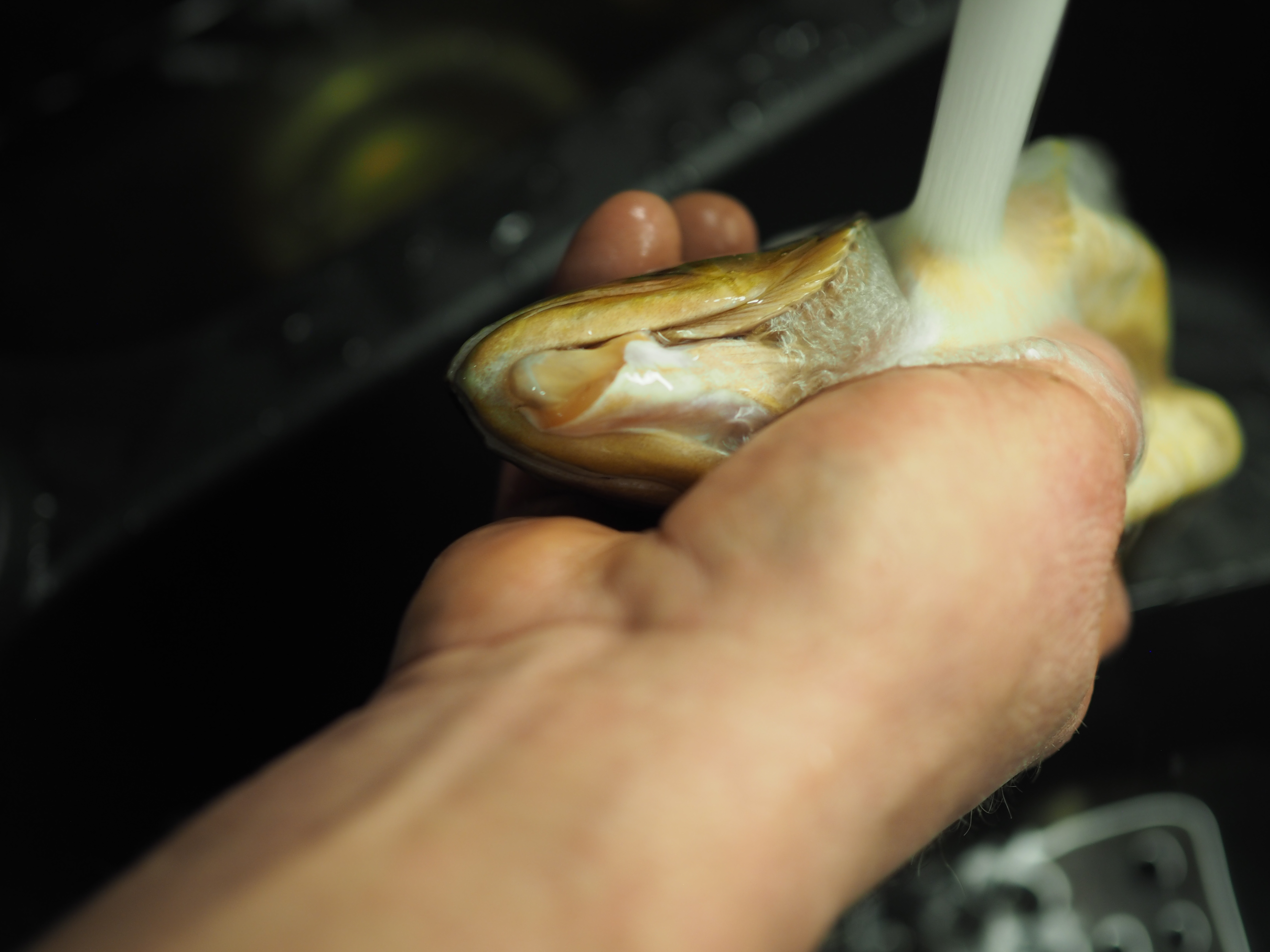 One of the most recognised and awarded rakfisk producers in Norway is Håvardsrud Rakfisk, operated by brothers Vilhelm and Gudbrand Håvardsrud. 20-25 tons of rakfisk are produced annually in Norway, with 8-9 tons coming from Numedal and the lakes of Hardangervidda. While the majority of rakfisk in Norway is commercially grown and comes from fish farms, Numedal rakfisk producers use locally caught, fresh fish. I visited Vilhelm and his lovely wife, Kari, to learn more about the process of making rakfisk and to taste it for the very first time.
One of the most recognised and awarded rakfisk producers in Norway is Håvardsrud Rakfisk, operated by brothers Vilhelm and Gudbrand Håvardsrud. 20-25 tons of rakfisk are produced annually in Norway, with 8-9 tons coming from Numedal and the lakes of Hardangervidda. While the majority of rakfisk in Norway is commercially grown and comes from fish farms, Numedal rakfisk producers use locally caught, fresh fish. I visited Vilhelm and his lovely wife, Kari, to learn more about the process of making rakfisk and to taste it for the very first time.
Vilhelm and his brother learned to make rakfisk from his father and grandfather on their family-owned lake in Hardangervidda. His grandfather and father never had a recipe from which to teach from. Their measurements came from experience and instinct and this is how the brothers learned the art of raking (fermenting). Vilhelm’s first job, and the one given to everyone starting out, was to remove the insides and the blood and thoroughly clean the fish. After several years of cleaning, he was promoted to salting the fish. Eventually, Vilhelm and his brother took over the rakfisk production and calculated a more precise measurement of the recipe which they adhere to today. Here is an old picture of Vilhem’s grandfather on their lake:
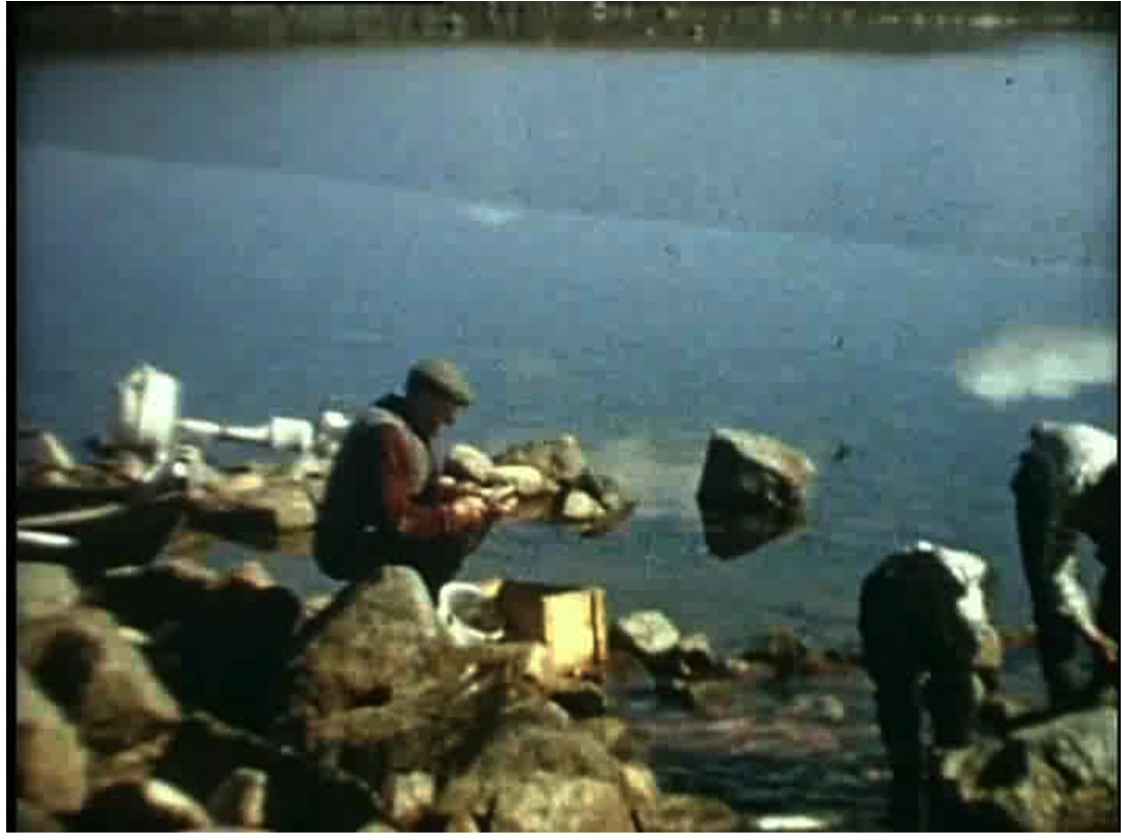 Their family lake bears the name Langesjøen because it is 12 km long and 10.8 km². The lake is set in the heart of Hardangervidda, Northern Europe’s most extensive mountain plateau and home to a variety of wildlife. Two cabins sit on the eastern and western parts of the lake. Fishing season begins around the 10 of August each year and lasts 35-40 days. Vilhelm and his brother stay the entire length and fish daily, hoping to catch around 2,500 kg (about 4,000 wild trout) with nets. They use about 1,900 kg for rakfisk, which they sell locally. It is important to manage the lakes and continue fishing because it helps to maintain the population as well as the size and quality of the fish.
Their family lake bears the name Langesjøen because it is 12 km long and 10.8 km². The lake is set in the heart of Hardangervidda, Northern Europe’s most extensive mountain plateau and home to a variety of wildlife. Two cabins sit on the eastern and western parts of the lake. Fishing season begins around the 10 of August each year and lasts 35-40 days. Vilhelm and his brother stay the entire length and fish daily, hoping to catch around 2,500 kg (about 4,000 wild trout) with nets. They use about 1,900 kg for rakfisk, which they sell locally. It is important to manage the lakes and continue fishing because it helps to maintain the population as well as the size and quality of the fish.
The process of making rakfisk begins the moment the fish is caught. Within about an hour, the freshly caught fish must be gutted, have the bones removed and cleaned with very little of the blood remaining. Those who desire a stronger aroma and taste will leave the gills on and leave the blood that accumulates next to the spine. Hygiene is of the utmost importance and there can be no soil contamination to ensure there is no unwanted bacteria. Once cleaned, the fish are then rubbed with course sea salt and a small handful is placed in the stomach of the fish. Each fish is then placed on its back and layered snuggly in a large plastic container which will hold 50kg of fish. A wooden weight is placed on top of the fish and the lid is then put on. A brine should accumulate and cover the fish after a couple of days.
The amount of salt used in proportion to the fish must be no less than 6% and no more than 9/10%. The most important elements in the rakfisk process are the salt and the temperature. The ideal temperature is max 8ºC /46ºF. You can start the process at 8ºC/46ºC, for example, and lower the temperature later in the fermentation process – much like you would with wine. The general recipe (not Håvardsrud’s, mind you) is 6% salt at 6ºC for 6 weeks.
Vilhelm usually allows the fish to ferment over a period of 12 weeks, meaning the rakfisk is ready by November. November is known throughout Norway as the month for rakfisk with festivals being held every weekend which celebrate and award local and commercial producers’ products. Håvardsrud Rakfisk has been awarded the top prize in a variety of festivals and recently won the “NM” prize in Røros, Norway. Their rakfisk continues to win over judges and diners alike, making their rakfisk one of the best in Norway. And luckily for me, my first taste of rakfisk was theirs.
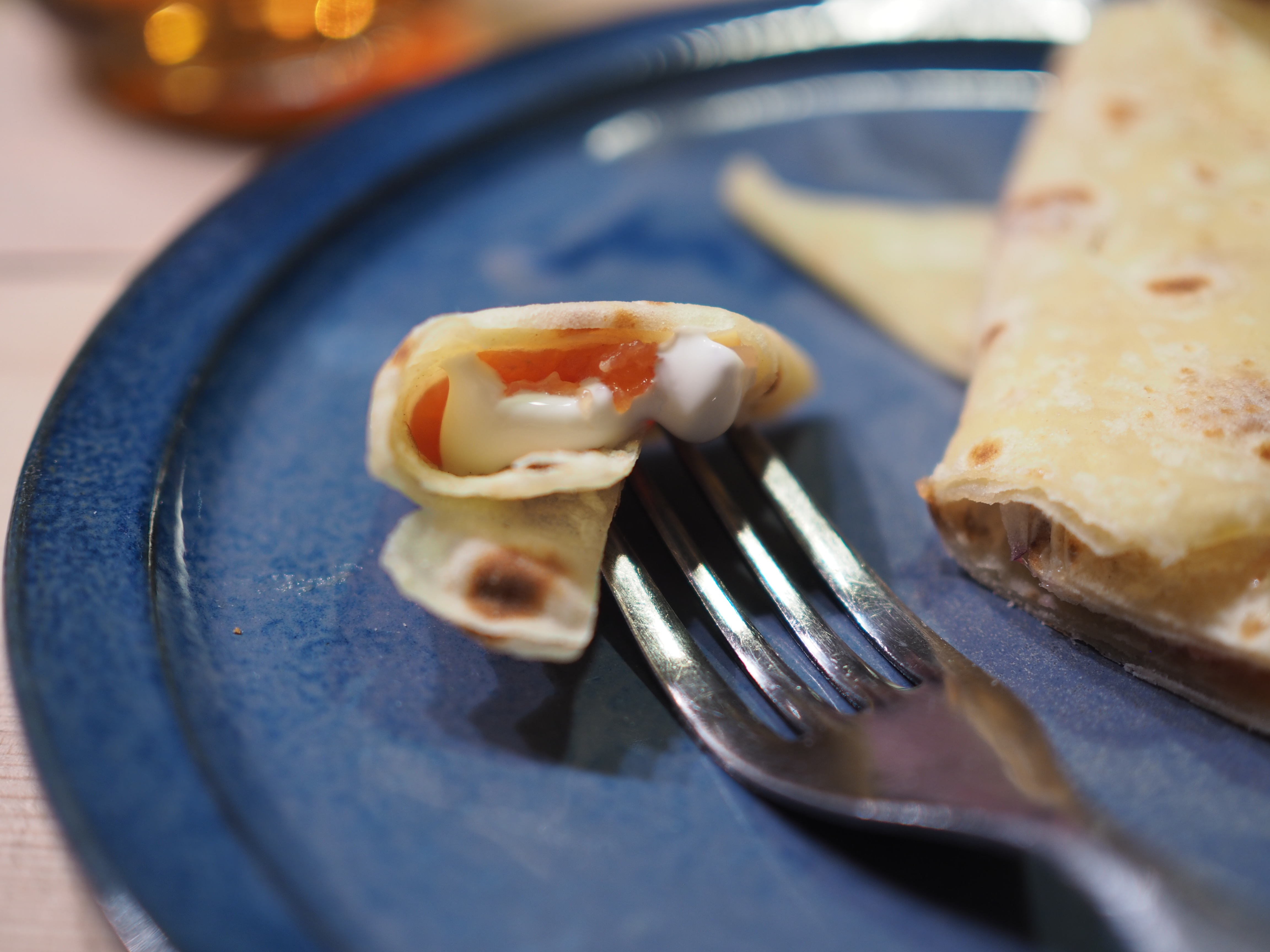
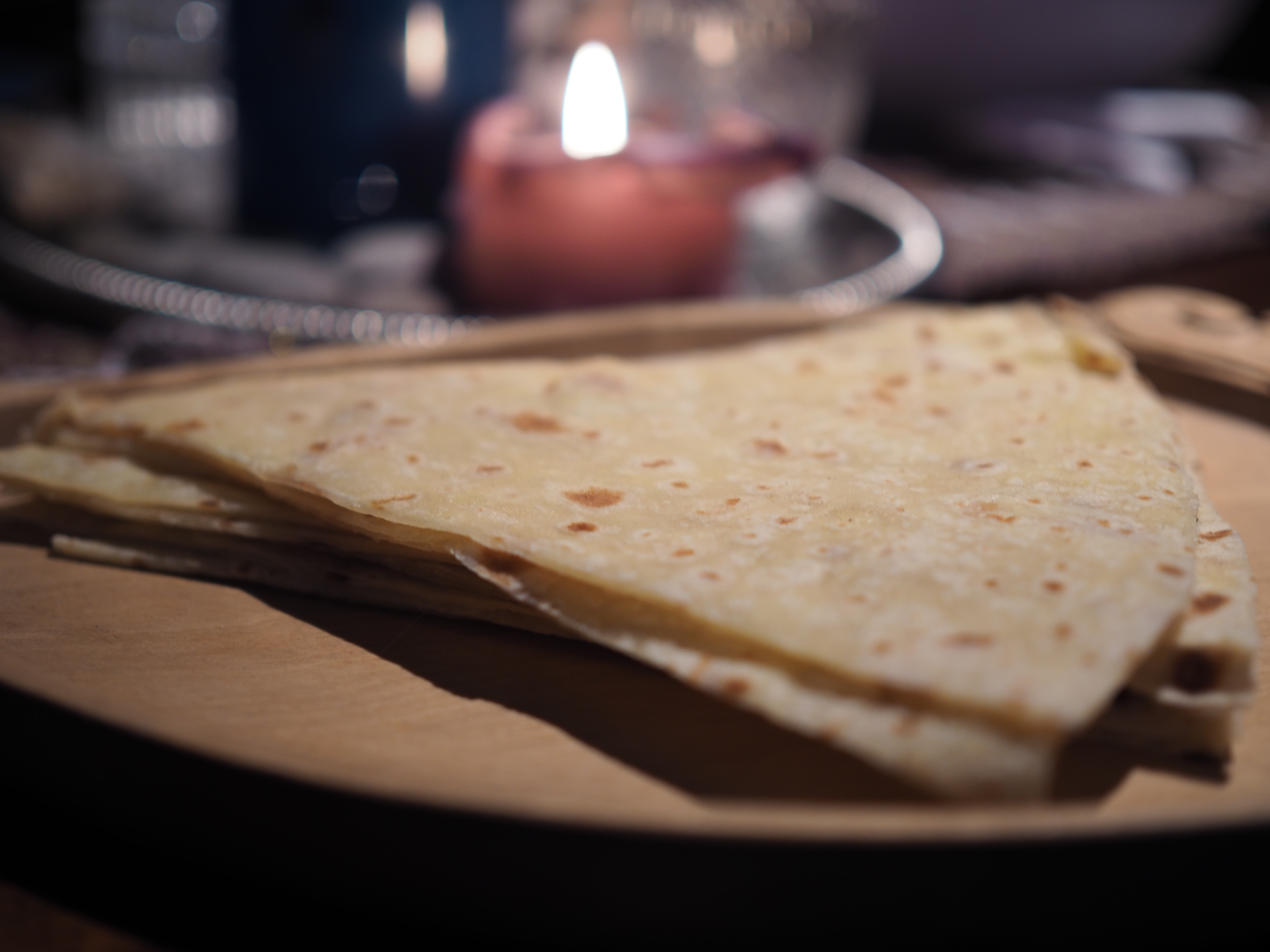 I was not put off by the intense aroma when Vilhelm took me to the storage room or from the fair share of warnings I received about what it would taste like. In fact, I was more interested in trying something so traditional and unique and, in some sense, off putting to many. Kari presented her delicious, homemade Mommos lefser, flat bread made with potatoes and rolled very thinly with a spread of butter and sugar between two. Taking a piece of the prepared rakfisk, I was instructed to spread it across the top of the lefse and place a little sour cream and a few slices of red onion on top. The lefse is then rolled up and ready to be enjoyed. Although, rakfisk purists like Vilhelm will attest that the best way to serve rakfisk is on its own. For beginners, they make an exception.
I was not put off by the intense aroma when Vilhelm took me to the storage room or from the fair share of warnings I received about what it would taste like. In fact, I was more interested in trying something so traditional and unique and, in some sense, off putting to many. Kari presented her delicious, homemade Mommos lefser, flat bread made with potatoes and rolled very thinly with a spread of butter and sugar between two. Taking a piece of the prepared rakfisk, I was instructed to spread it across the top of the lefse and place a little sour cream and a few slices of red onion on top. The lefse is then rolled up and ready to be enjoyed. Although, rakfisk purists like Vilhelm will attest that the best way to serve rakfisk is on its own. For beginners, they make an exception.
Good rakfisk should have a mild and pleasant odor and it should not be too salty. It should be spreadable, yet slightly firm and have a vibrant color. And this is exactly what Vilhelm presented to me. I was incredibly surprised by the flavor. It is just too hard to put into words exactly what it takes like as I am not sure there is anything comparable. I certainly can attest as to why it is such a delicacy and something worth celebrating. Not only is it incredibly delicious, there is also a provocativeness about it which perhaps comes from being able to overcome death and decay, if you will, by manipulating nature and creating something remarkable.
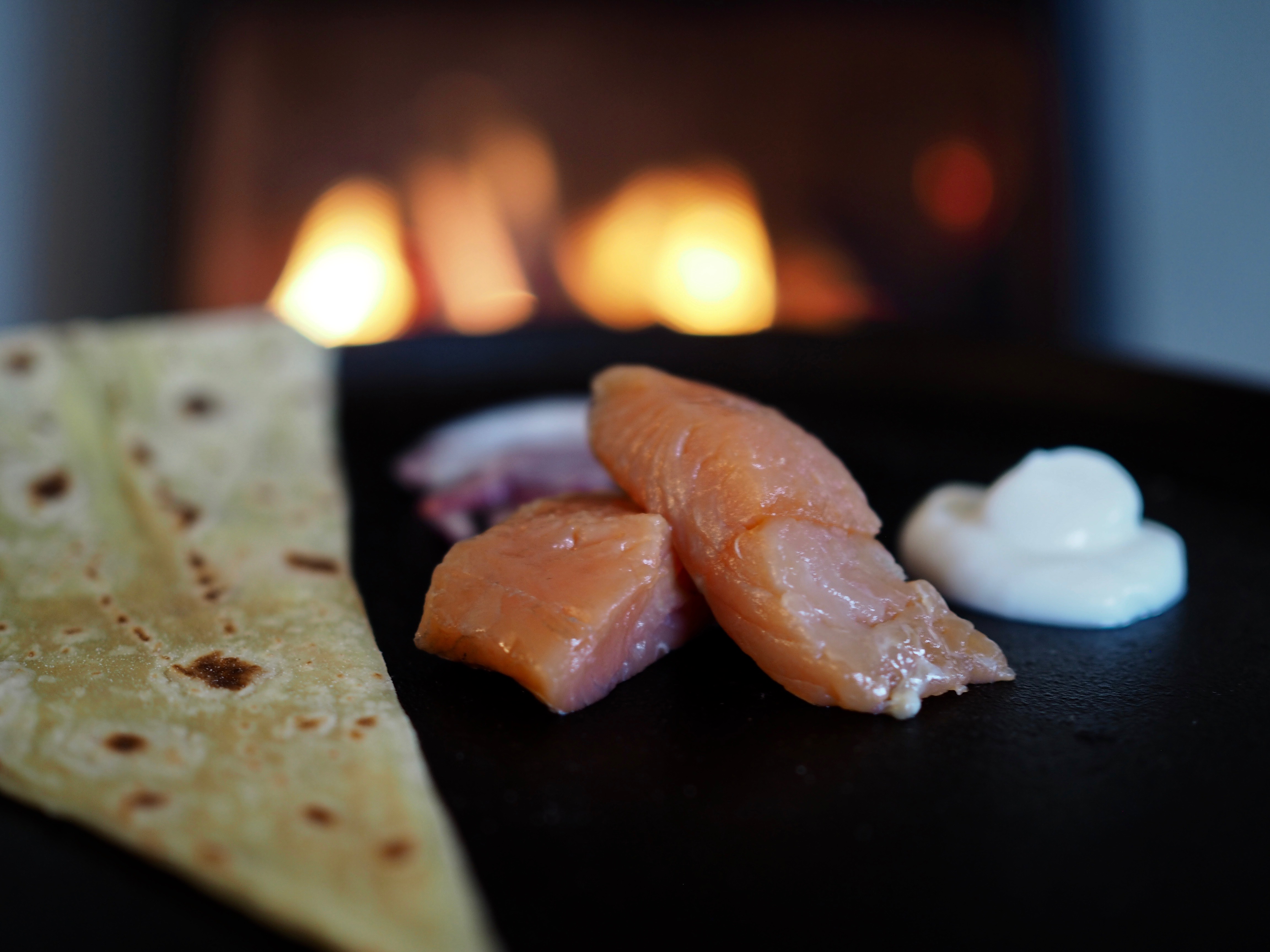
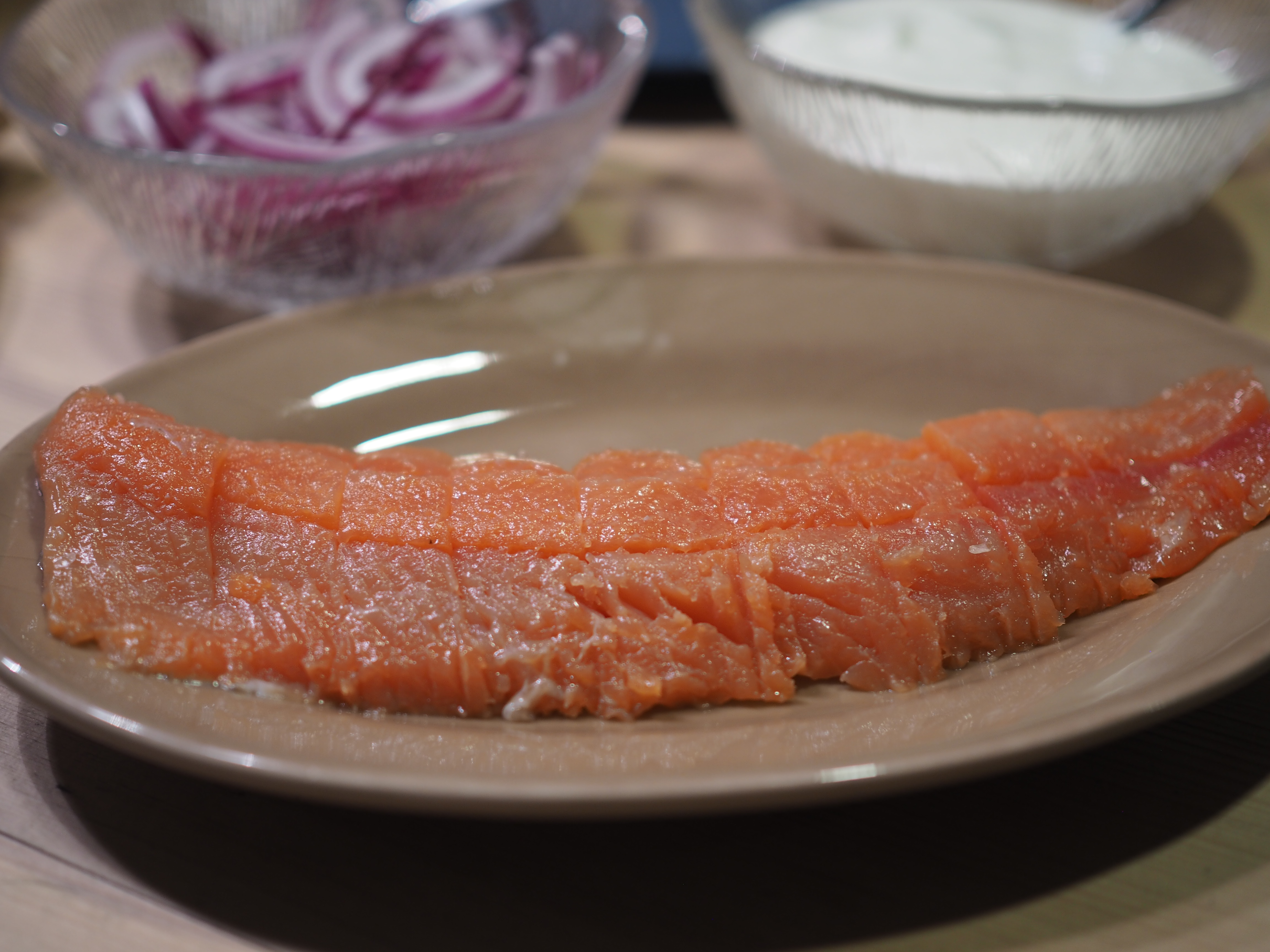 Many people will not have the opportunity to make rakfisk from scratch as the process must be carefully and expertly done. Also, many people do not have access to fresh water fish. Therefore, if you are able to get your hands on some then you are most certainly in for a special treat – a proper Norwegian delicacy. To become accustomed to the taste of rakfisk, it is suggested to start by eating the rakfisk with a little sour cream and sliced onions. Sour cream cuts through the saltiness and the onions take some of the flavor away from the rakfisk. This is optional, of course, and many purists would suggest trying rakfisk on its own first.
Many people will not have the opportunity to make rakfisk from scratch as the process must be carefully and expertly done. Also, many people do not have access to fresh water fish. Therefore, if you are able to get your hands on some then you are most certainly in for a special treat – a proper Norwegian delicacy. To become accustomed to the taste of rakfisk, it is suggested to start by eating the rakfisk with a little sour cream and sliced onions. Sour cream cuts through the saltiness and the onions take some of the flavor away from the rakfisk. This is optional, of course, and many purists would suggest trying rakfisk on its own first.
Rakfisk with lefse
- Filet of rakfisk, cut into small pieces
- Lefse
- Sour cream
- 1 red onion, sliced very thinly
∗Rakfisk is often served with flat bread, butter, lefser, lomper, small boiled potatoes, slices of onion, red beets, sour cream and even a little sugar on top. Beer and aquavit always make their way to the table and you can be assured that every rakfisk dinner is one full of merriment.
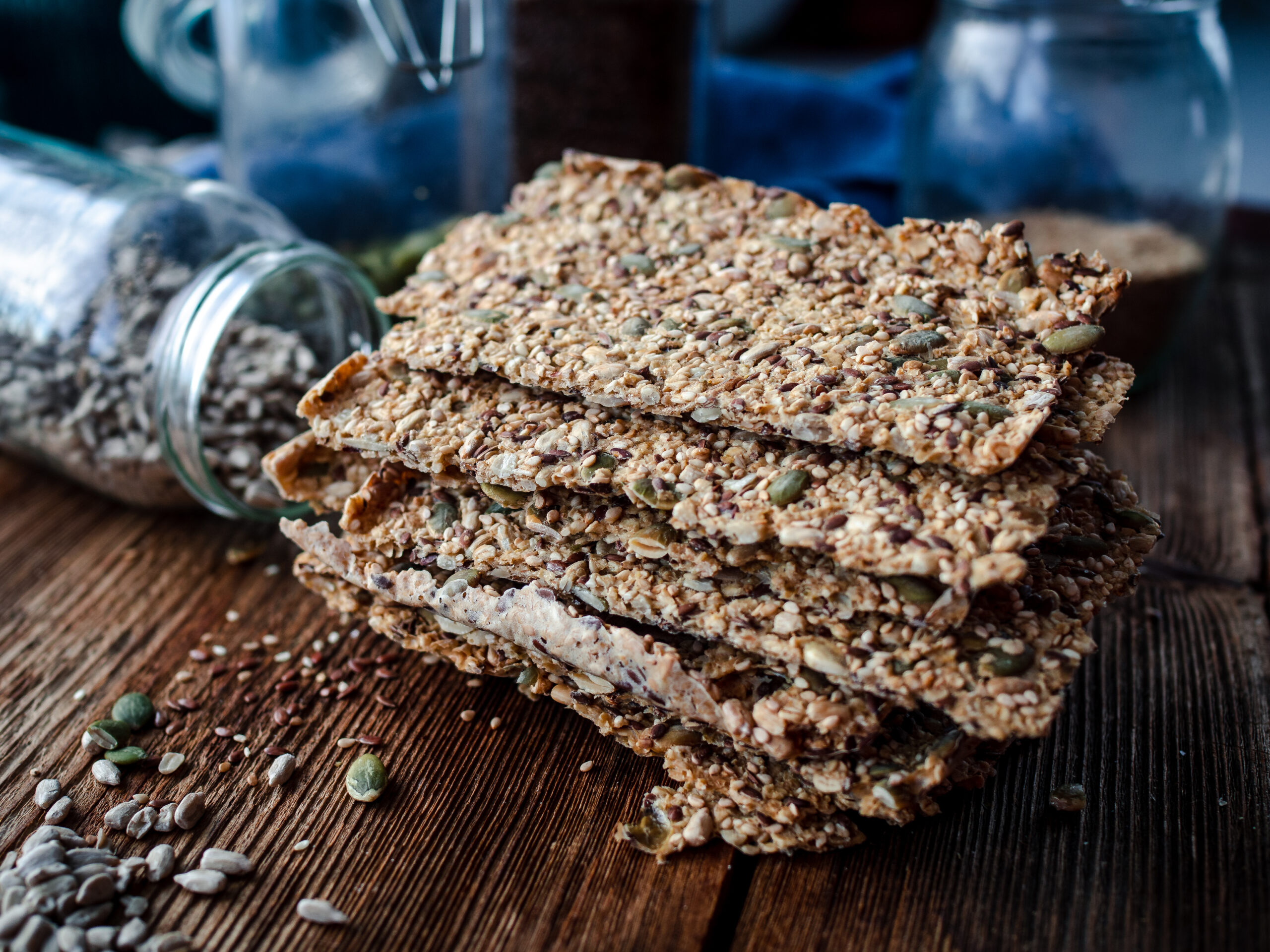
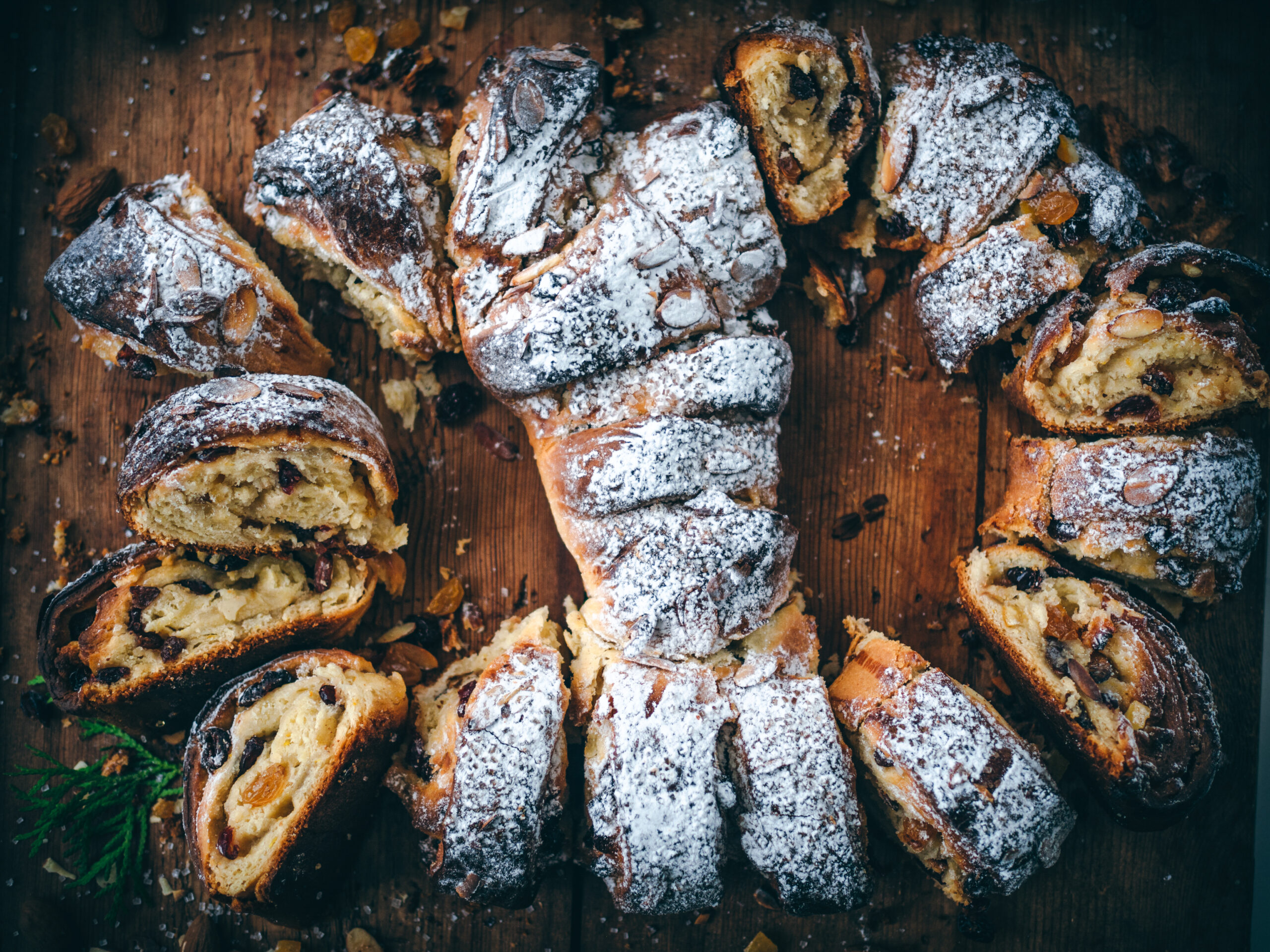
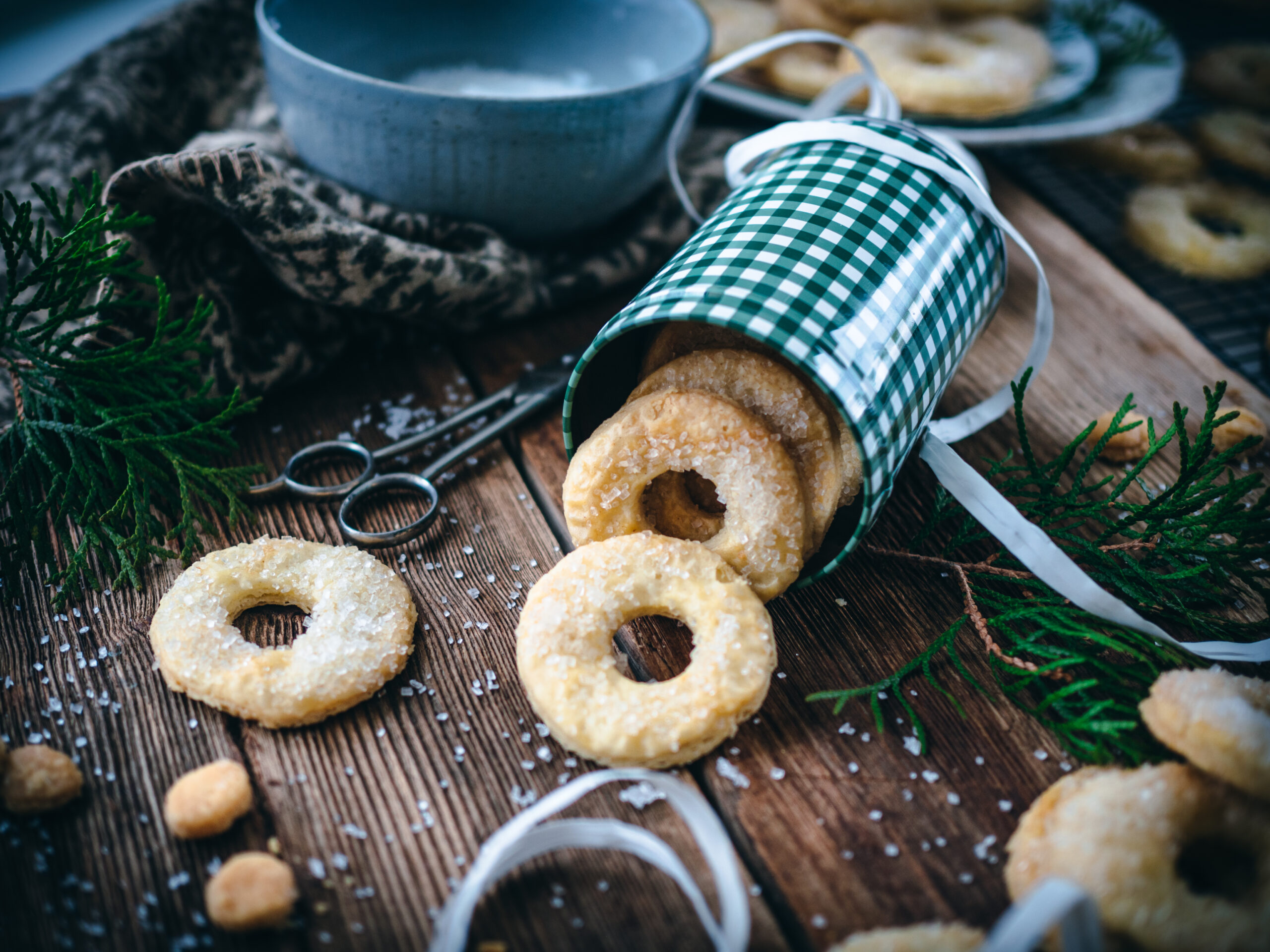
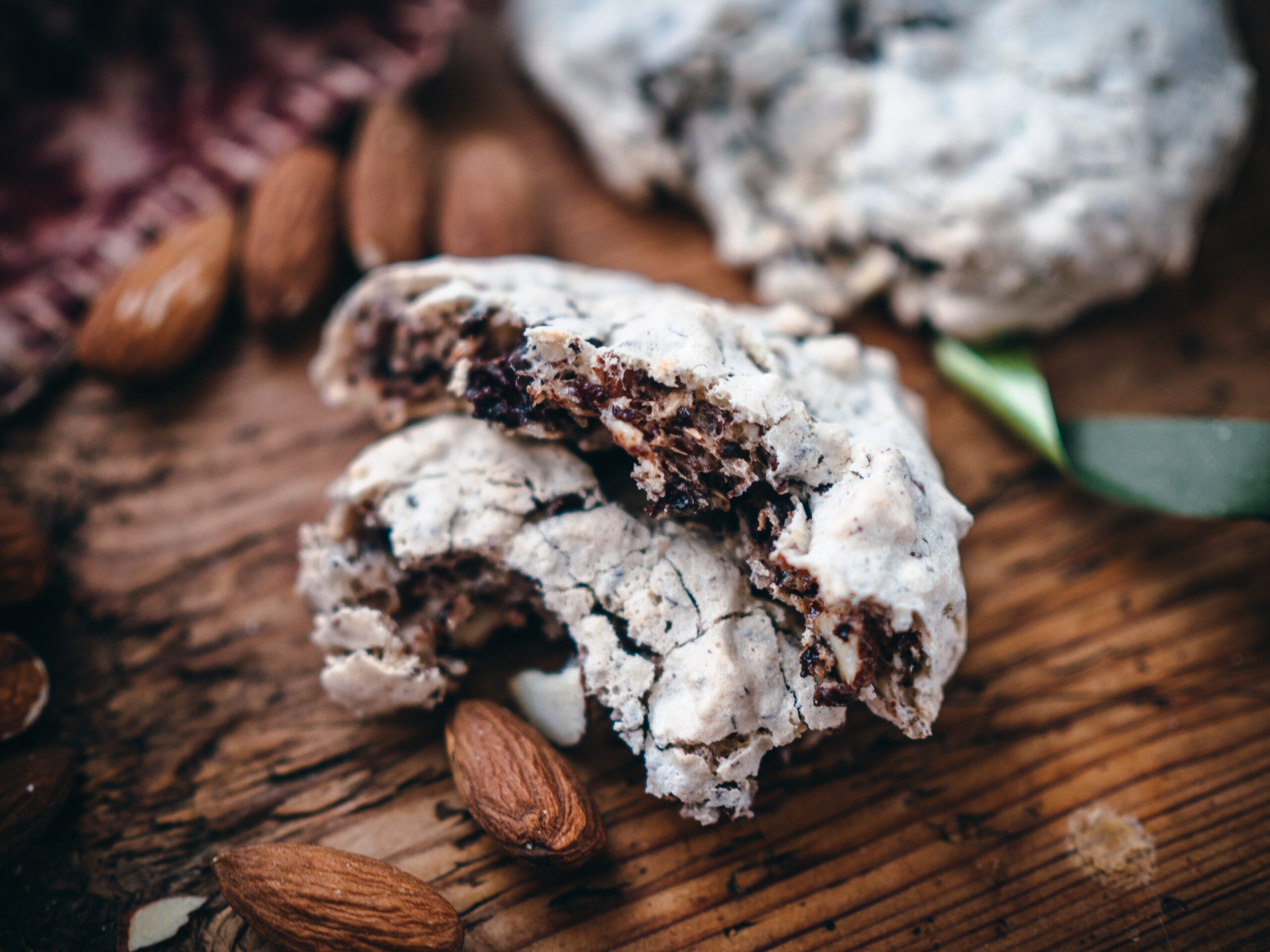

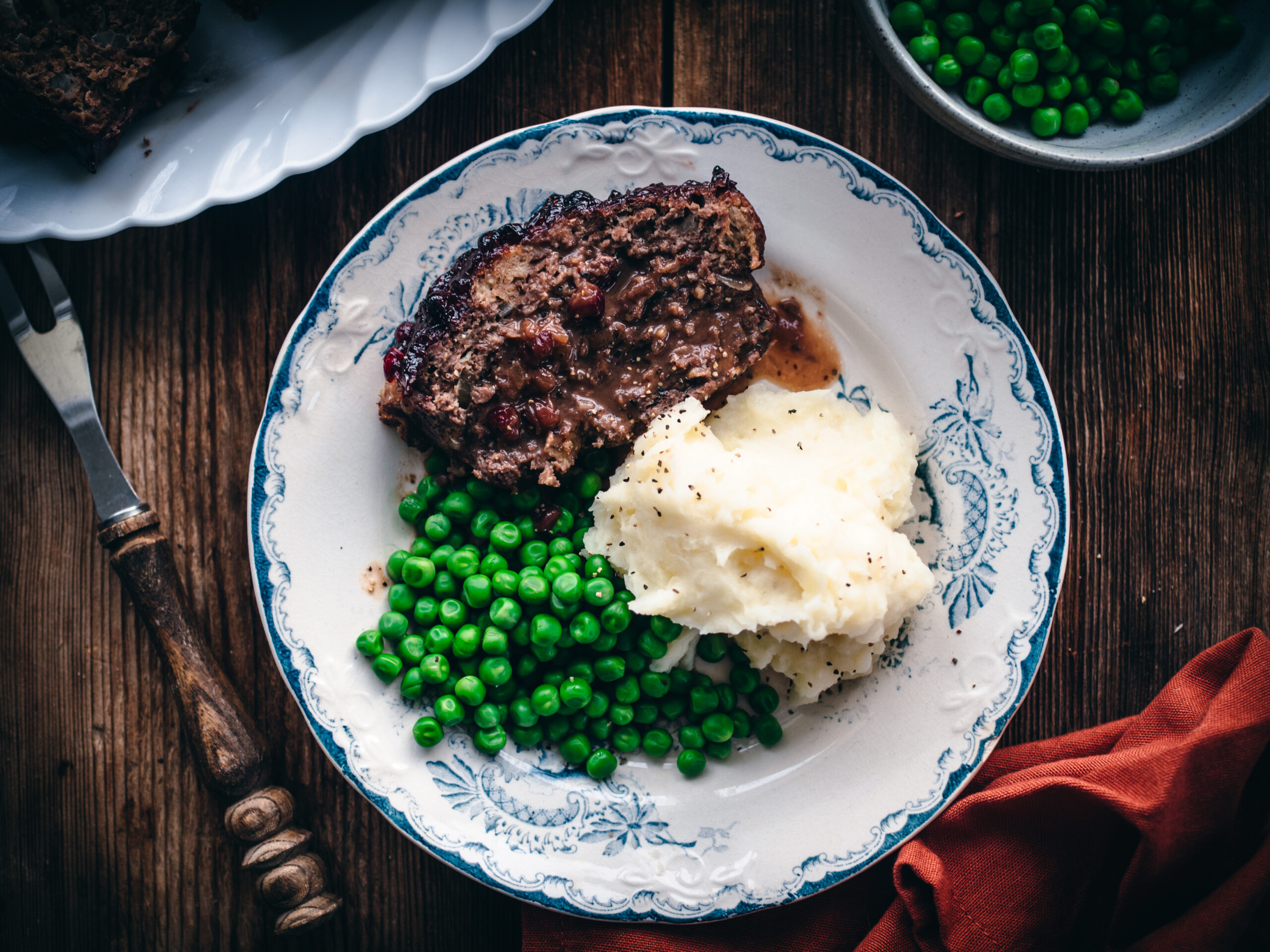
Good “full-fat” butter, a good companion and good stories are required to make it a party.
Agreed! 🙂
I totally agree! Just butter and lefse is the best. All the red beetroots, potatoes, sourcream etc is ok, but really just a camoflage for people who dont really like it. Rakfisk is an acuired taste, rather like a french cheese! Lovely! I do look forward for the season.
I couldn’t put it better myself! Thanks Birgit 🙂
Is Rakfisk like Lutefisk or is it actually the same??
Hi Janice. Thanks for the question. Rakfisk goes though the process of fermentation while lutekfisk is first dried, then soaked in water, then soaked in lye, then soaked in water again. Also, rakfisk is primarily made from trout, whereas lutefisk is usually cod.
[…] make Jerusalem Artichoke Soup, her famous kringle and even invited me to her beloved rakfiskfest (fermented fish party). Needless to say, I enjoy every moment spent in her […]
Very interesting about the fermented fish. I live in Japan and there are a number of fermented fish dishes here. Some are fermented in rice and some in a fermented marinade/liquid. I think that keeping old traditions alive is wonderful!
Fermentation is such a fascinating process and I love learning about all the different ways cultures have approached it!